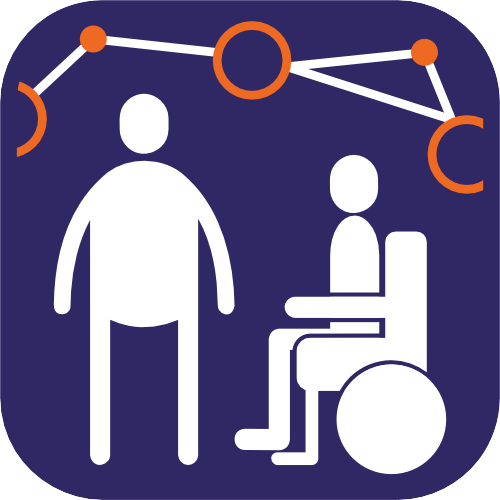Delivery

Contents
Appropriate support programme
Learners can progress through their educational programme by balancing human support with their AT solution to enable them to be as independent as possible
The following is an example of a course of support for a learner using dictation, that teaches skills and then lowers the support as confidence grows:
Week 1 (20mins supervised): Assess suitability. Demonstrate basics, work out individual strategy, train voice profiles
Week 2 (20mins supervised): Basic text. Selection of text with common words. Run through and train words. Playback and Read that functions.
Week 3 (20mins supervised): Creating a table to fill with commands. Comprehensive Text. Making corrections – difference between deleting and learning.
Week 4 (20mins supervised): Vocabulary training, speaking so Dragon can understand you.
Week 5 (10mins supervised, 10mins independent): Using Dragon in the chosen environment (i.e. classroom, independent study, exam)
Week 6 (5mins supervised, 15mins independent): Using Dragon in the chosen environment (i.e. classroom, independent study, exam)
Week 7 onwards: Independent, with support from tutor where necessary.
The support programme should be identified at assessment and modified when appropriate.
Trans-disciplinary working
Learners are supported by a range of professionals who work together to improve their therapy, education, independence and social outcomes. This could include: Speech and Language therapists, Social care staff, Specialist Teachers, Occupational Therapists, Physiotherapists, Behaviour Therapists and Assistive Technologists
This will be different depending on the size and type of the organisation. A large specialist college may have access to all these services in house, for other smaller or mainstream colleges it may be that there is a reliance on external agencies and professionals. Below is a diagram showing how an Assistive Technologist works to connect the job roles and drive forward technology for learners.
Take account of access methods
Learners have access to a learning programme that takes account and makes provision for individual access methods
This may mean having multimedia available in different formats (pictures with descriptions, audio with subtitles), it may require extra time for activities or it may mean alterations in the way the method the programme is delivered. An example is the Microsoft PowerPoint Translator plug-in that allows live subtitles for your presentations and translation of the written text.
Sessions may be delivered in a format that does not allow for the use of tools to access and complete work. TechAbility has created a webinar on Flipped Learning that can give ideas on how to change up delivery to suit Assistive Technology.
Accessible course materials
All learning materials are accessible by design and provided digitally so they can be access by learners’ access methods
The single most important change is to make materials available digitally. This ensures that learners can access the materials on devices that are customised to them through a combination of settings, tools and adaptations.
Microsoft have provided 10 Tips to make your classroom more accessible, these tips apply whichever platform you are using – there may just be different tools to make it happen.
The TechAbility Standards section on Assessment will give an overview of exactly what accessible means to your cohort of learners.

